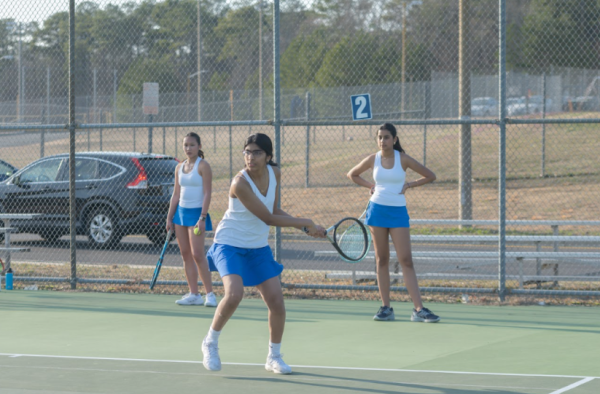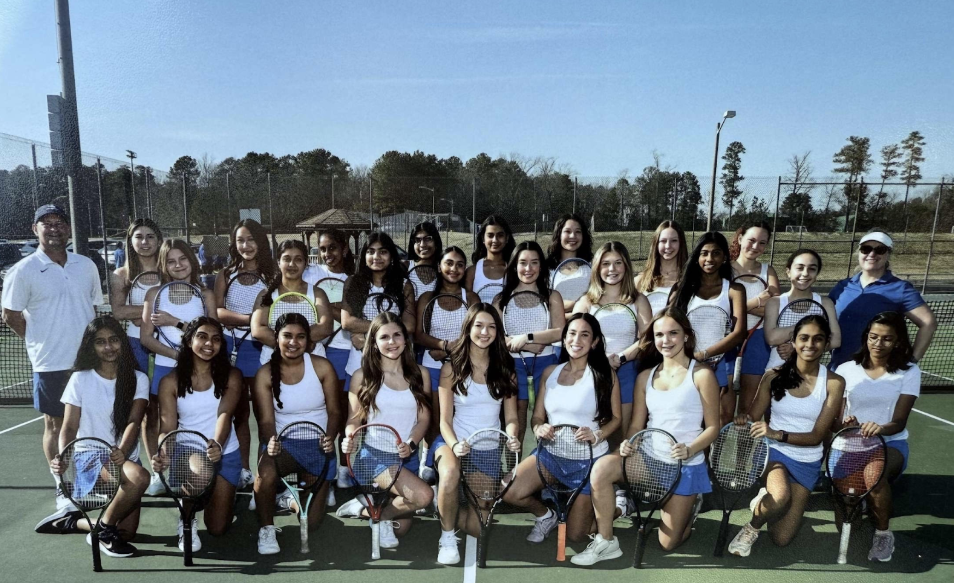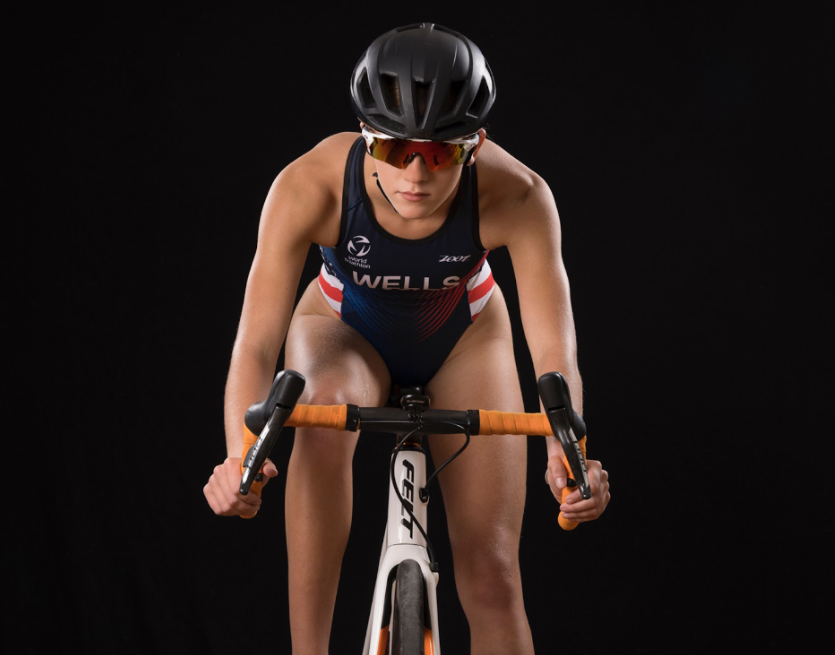On most sports teams, teamwork is a driving factor for success. However, tennis has a secret competitiveness within the team itself that most team sports do not have.
Girls tennis uses a ladder system of who gets to play in matches. Players are ranked based on skill and whether or not they win “challenge” matches with each other, which is when players ask to play in a match against a certain player at practice within the team. This means that players are always competing against each other to move higher up the ladder. This competition against one another strengthens the girls tennis team overall, but also makes the girls all the more competitive.
If you are ranked within the top six girls at the top of the ladder, you are qualified to be a part of the singles rotation at matches. Junior Amanda Yelamo is ranked number five this year and has been a part of the program for three years. She thinks that the ladder system sets tennis apart from other sports.
“I think tennis is so different from other sports just cause there’s so much competition within the team,” Yelamo said.
Even being in the top six like Yelamo isn’t easy. Everyone has to defend their spot, especially when they get challenged. Players always have to keep an eye out on who might be looking to take their spot.
“You can challenge two spots above you, and you have to win the challenges that people challenge you in order to keep your spot,” freshman Charlotte Akers said.
Challenge matches can shift the ladder, especially the top six girls that are in the singles rotation.
“Within the challenges, it’s really just about focusing and making sure you win because then it’s only about the score. At that point the only thing that matters is if you win or lose,” Yelamo said.
Even though the ladder of rankings adds more competition among the team, a lot of the players believe that the ladder is really rewarding and helpful to players.
“I think one benefit of the ladder would be that it gives everyone a clear way to earn their spot on the team and really reward everyone’s hard work and experience in playing,” freshman Jaitra Emani said.
Although the player’s ranking might hurt her confidence, for some it’s an incentive to work harder.
“It motivates me to do that much better,” sophomore Aurelia Susilo said.

Akers agrees with the added motivation.
“It’s also more of a reason to keep fighting and get in a better spot,” Akers said.
Despite the competition among one another, players on the girls tennis team are supportive of their teammates.
“Giving support to everyone makes practice fun, and it really makes winning feel more rewarding because it’s not just a win to you, it’s a win to the team,” Emani states.
Even though it seems like it could become an environment that pits everyone against each other on the team, the players say that they are very close and many have built friendships through the team.
“At the end of the day, I feel like we do a good job in keeping good friendships and a good team spirit,” Yelamo said.
The challenges against each other fuel the players to do better, much like sibling rivalry when lineups come out, the players are looking to defend their spots, and everyone looks to contribute to the team.
“Being part of the tennis team, you get to know everyone and it feels more like a family,” Susilo said.







